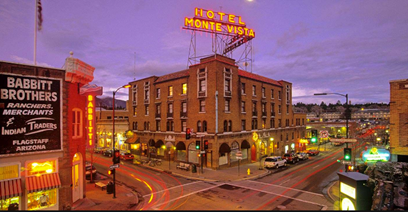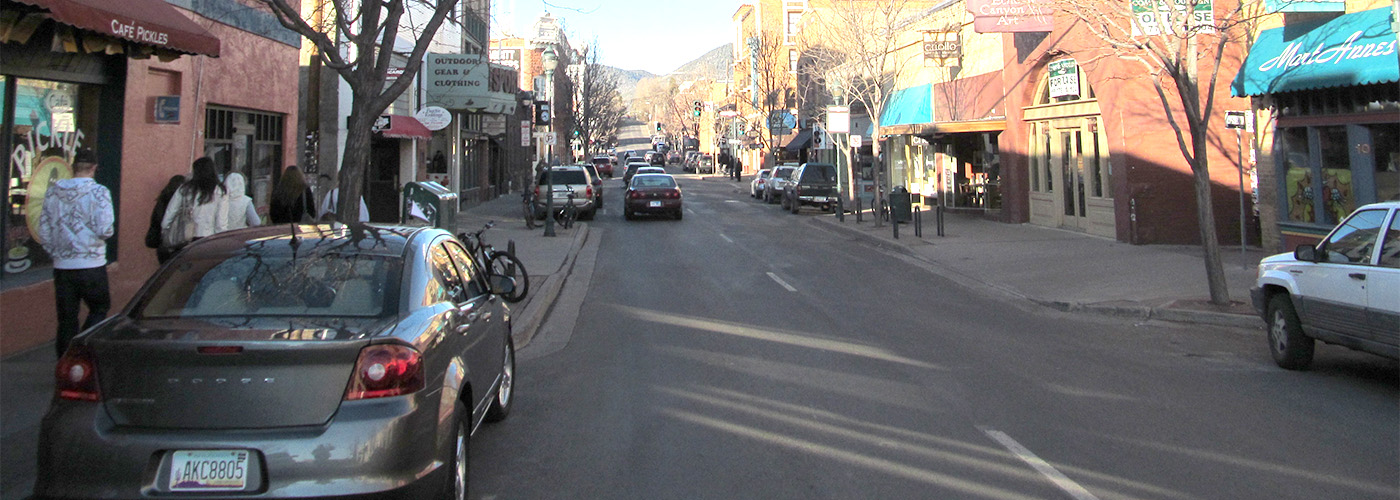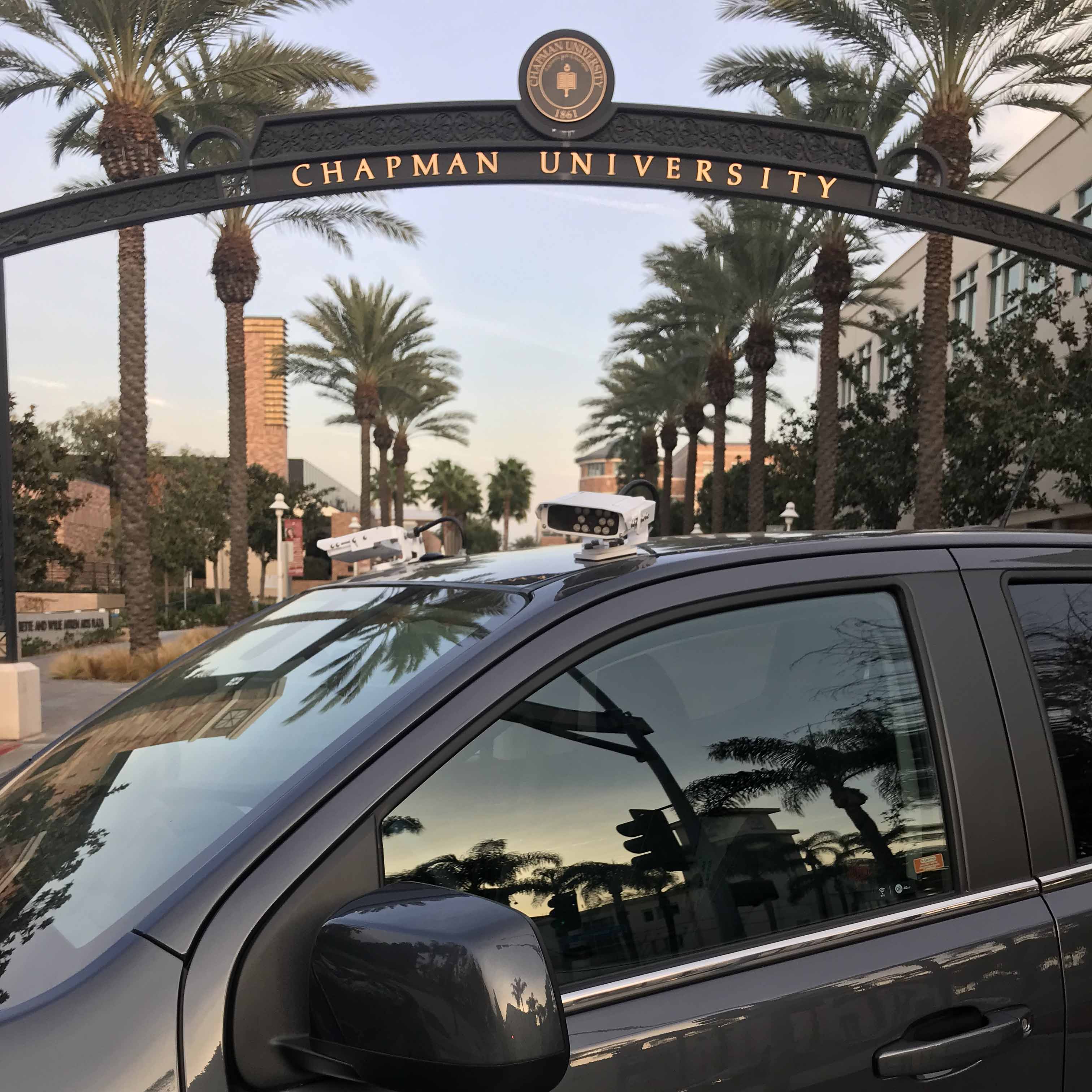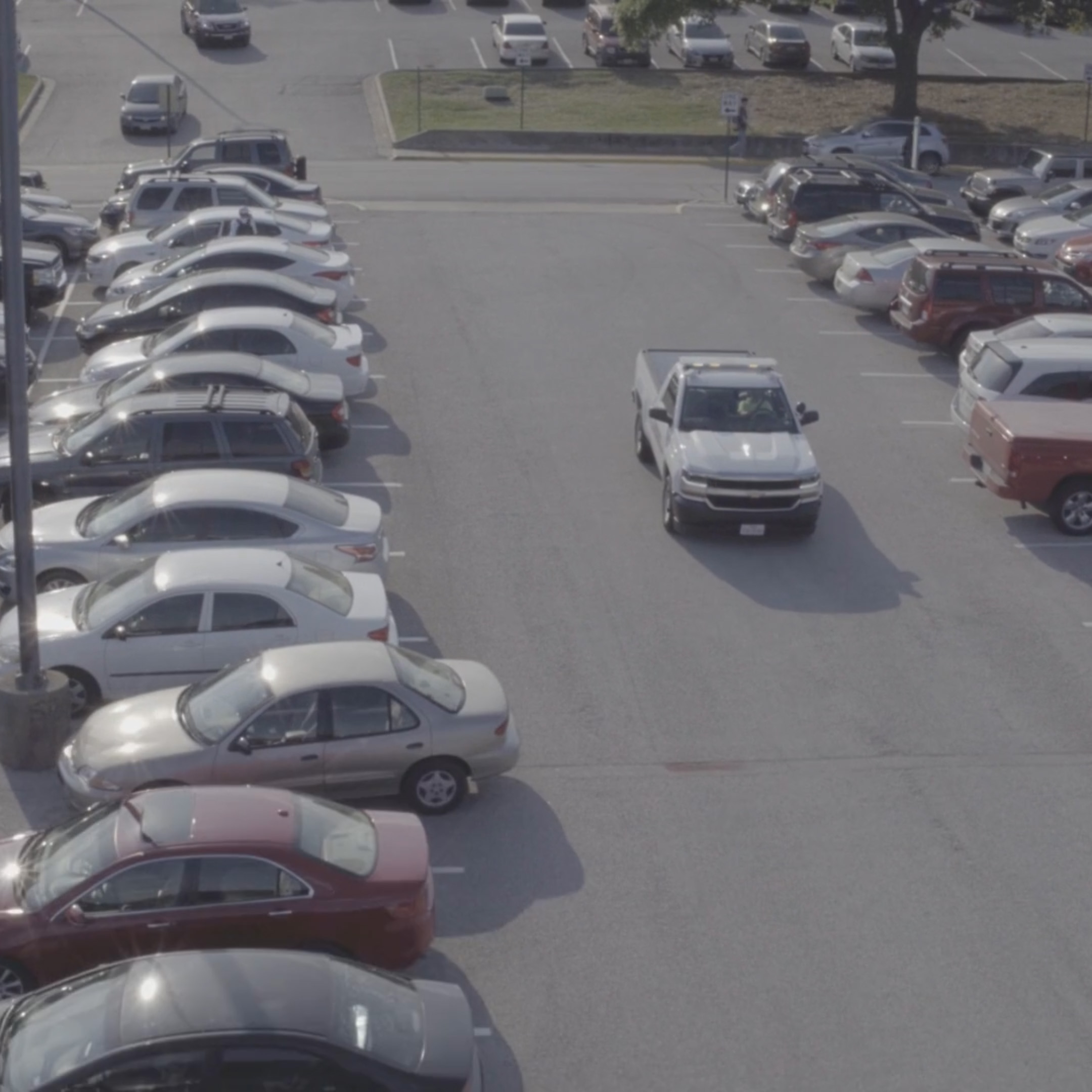Parking as a Public Service

Karl Eberhard’s approach to parking defies the norm.
He was an architect with his own practice in California for fifteen years. “We lived by the beach, but we would slave away to vacation in the mountains,” he said. “So we decided to live in the mountains and vacation at the beach.”
To this end, Karl moved to Flagstaff, Arizona, around 12 years ago, and entered the parking industry soon after. He runs a group called Community Design and Redevelopment, which takes responsibility for public art and beautification initiatives. “Our goal is to make Flagstaff more attractive to visit and live,” he says, ideally prompting more people and businesses to move to Flagstaff. In his work, he hires muralists, sculptors, and other artists to beautify the city with public art projects.
For the last year and a half, Karl has been Flagstaff’s interim parking manager. Most parking departments are part of the police department, or perhaps the transportation division. In Flagstaff, parking falls into the realm of economic development, which means that the priorities differ slightly. “It’s built around the quality of life in Flagstaff,” Karl says. “We want to make parking easier, which will make Flagstaff a more pleasant place to live.”
Flagstaff faces three major parking challenges.
- Downtown, employees and students occupy prime parking spaces in front of businesses, preventing easy access to parking by customers.
- Near downtown, customers of nearby businesses park in residential neighborhoods.
- Near the campus of Northern Arizona University, students park in residential neighborhoods.
“These aren’t the problems by themselves,” Karl says. “These are symptoms of a larger problem. A friend of mine says that parking operations are like playing whack-a-mole. If you just send people away from one parking area, they’ll park somewhere else.”
To address the parking problems at their source, Karl explains, requires a comprehensive solution. “We have to think globally.” People feel entitled to their parking habits. “People always come up to me and say, this is great what you’re doing, I really support this change,” Karl says. “And then they’ll say – ‘but I can still park exactly how I always have, right?’ They support change for other people’s habits.” To change their mind, he says, “I really just have to talk with them. I explain the bigger picture.”
He explains how by improving parking in Flagstaff, he can improve its overall quality of life.
Several aspects work together in his improvement strategy.
“We plan to create employee parking areas that are a little further out, rather than right in front of the shop,” Karl explains. These areas (composed of repurposed old lots and side streets) will offer employees permit parking that will not take up customer parking. The parking department will also issue residential parking permits, to protect neighborhood streets and reserve parking for residents.
In addition to changing parking areas, Flagstaff is transforming its parking system from an antique pen-and-paper system to a modern license-plate-driven system that does not require physical permits. “We’re kind of a strange case,” Karl says. “We’re building our system from nothing.” This new system will drastically reduce operating cost and environmental effect, as well as dramatically increasing efficiency.
Right now, Flagstaff is setting up the new parking management system. The system’s provider, NuPark, includes the database that will relay information about permits and meters to enforcement staff.
Karl appreciates the fact that NuPark’s program runs on an app. “It doesn’t require specialty equipment,” he says. “It can be run on a normal iPad. If an iPad breaks in the field, I can just go to Best Buy and get a new one.”
In addition to the virtual permit-driven aspect of its new system, Flagstaff is installing Parkeon kiosks. These kiosks, or parking meters, help create a pay-to-park system. The money earned from these kiosks will be used to build parking in the future, and to help them manage existing parking better. “Meters are really an attempt at behavior modification,” Karl explains. “You move cars to where you want them to be. The people who value convenience highly will pay to park closer to their destination; other people will choose free parking and a slightly longer walk.”
Right now, Karl’s enforcement staff consists of one person who spends approximately half their time enforcing parking on the street. By early August, Karl plans on having four enforcement employees who will patrol the street about 80% of the time. More staff will come later as the system expands. He wants the staff to be out on the streets, patrolling, but also giving visitor information and educating the public about parking. “They’re the ambassadors,” Karl says. “We don’t want to give tickets. Tickets are our last resort. We want enforcement officers to tell drivers where they can park for free – or at least correctly.”
Through new parking initiatives and a system-wide overhaul, Karl and his team work to keep Flagstaff a picturesque – and parking-friendly – place.




